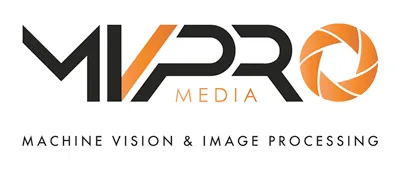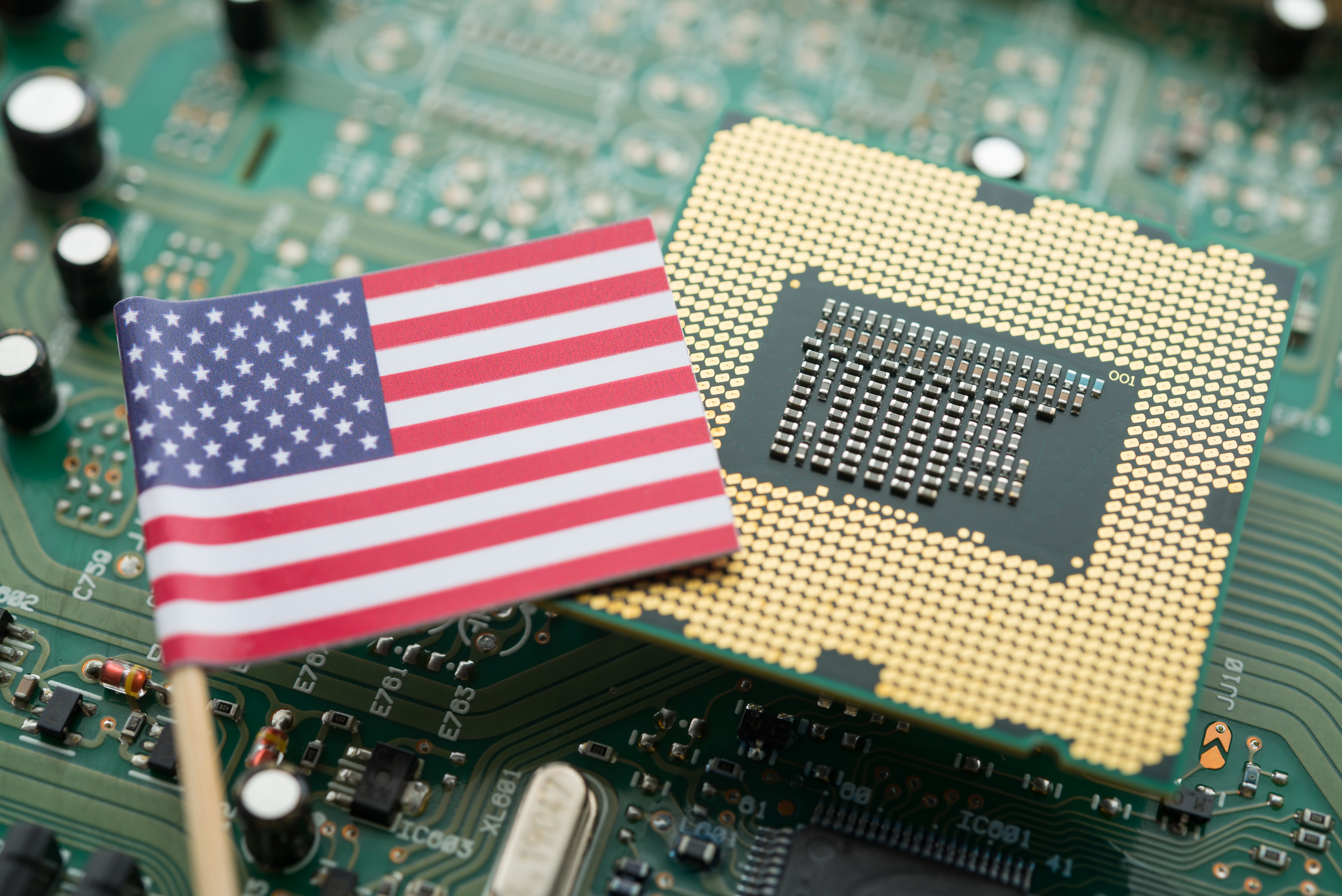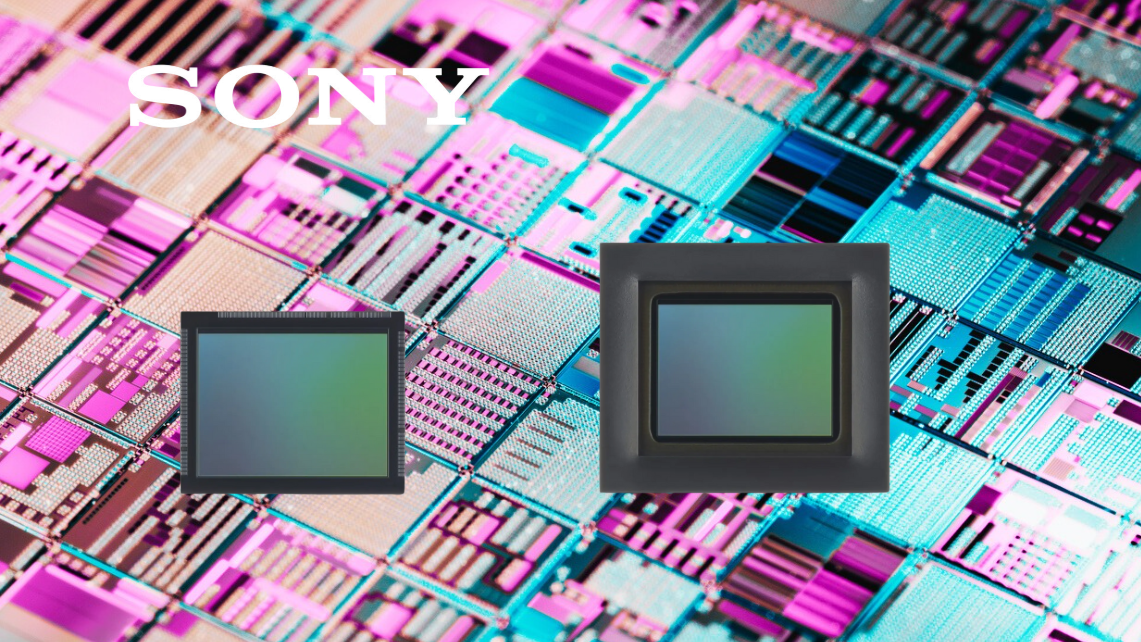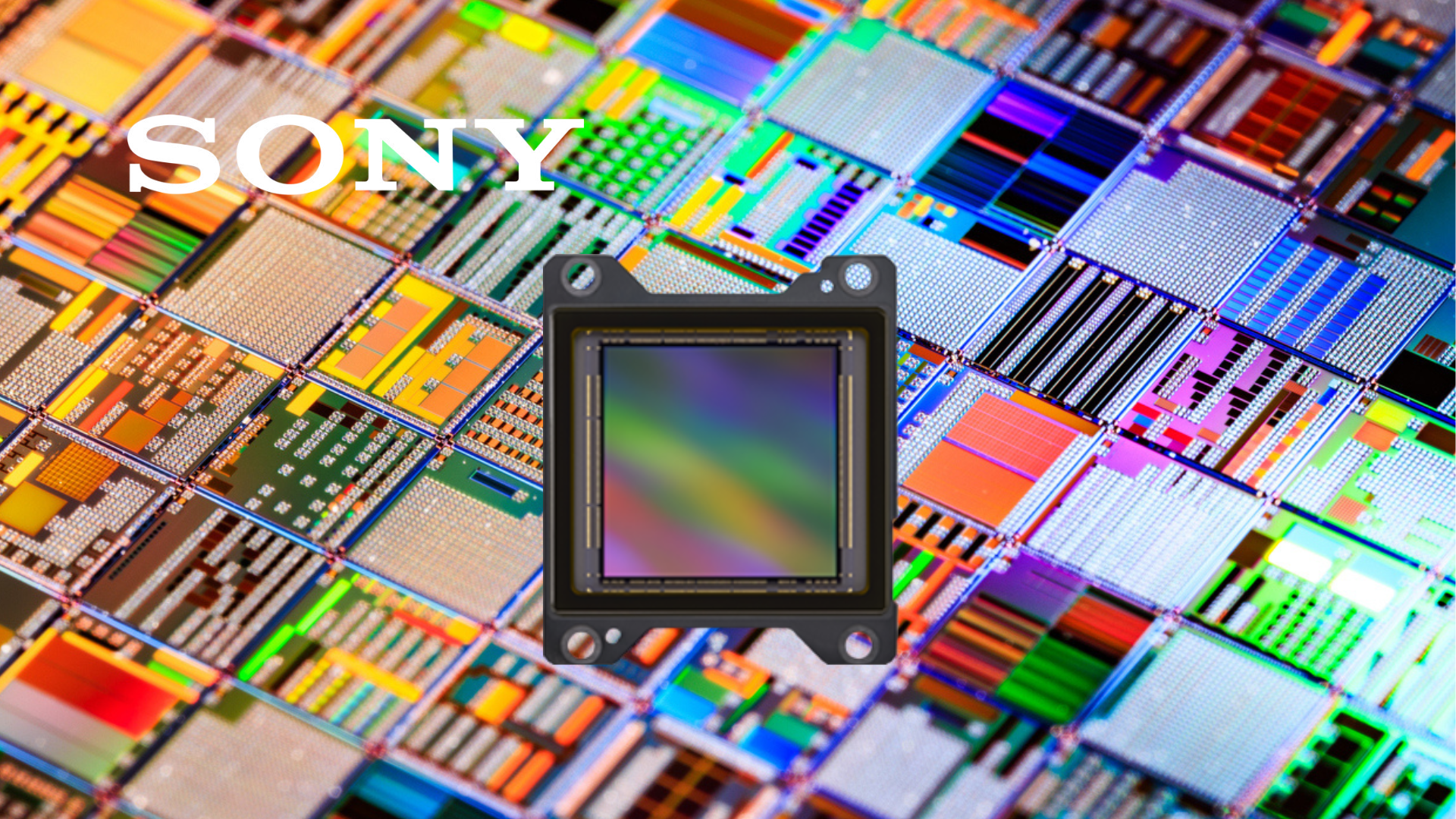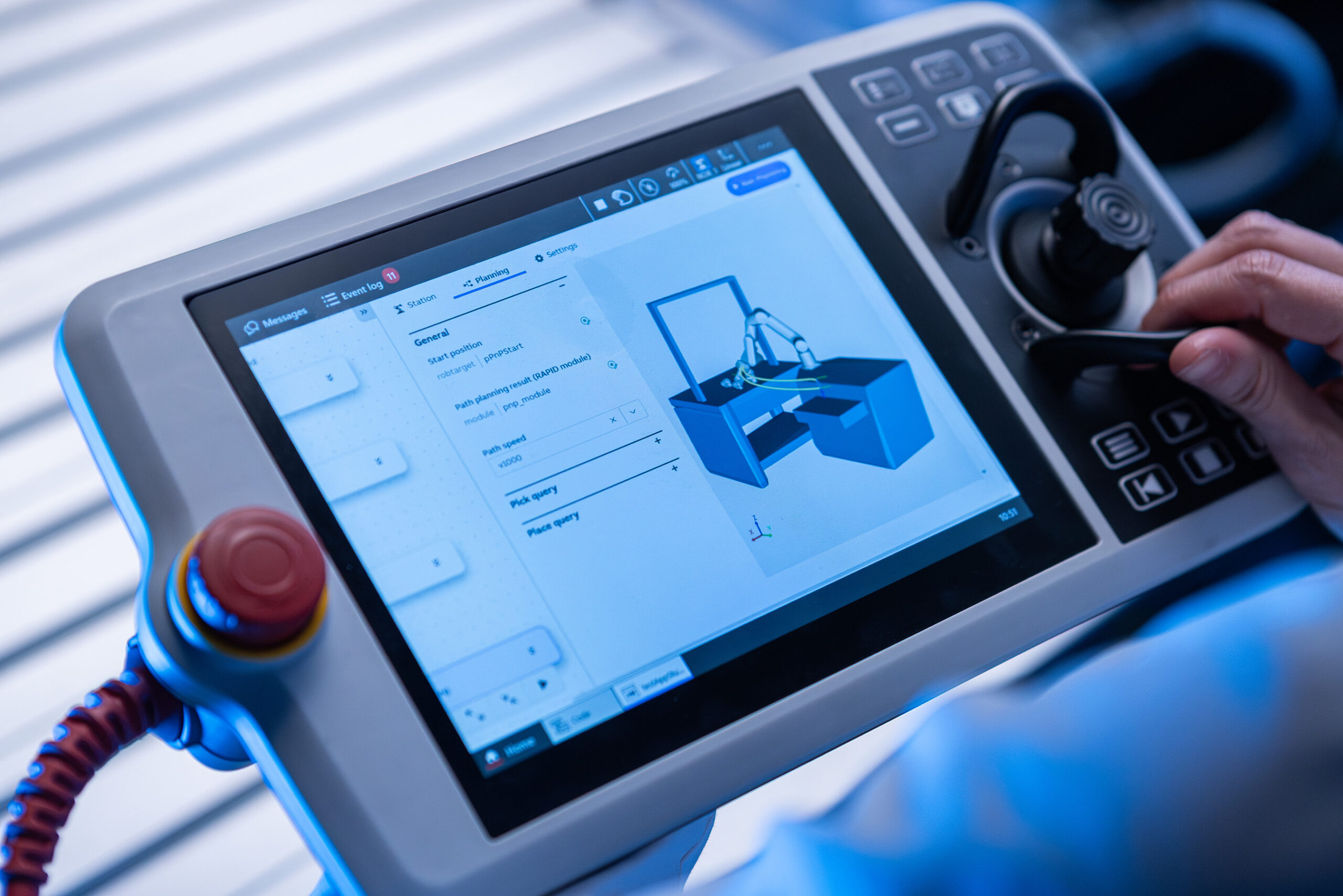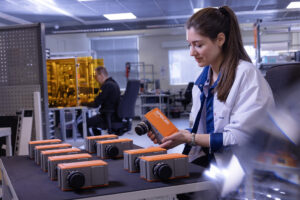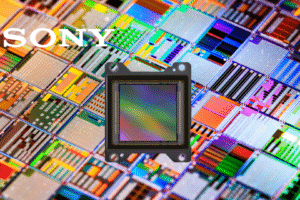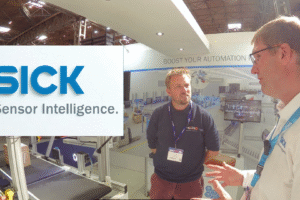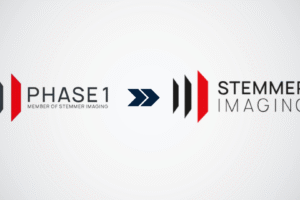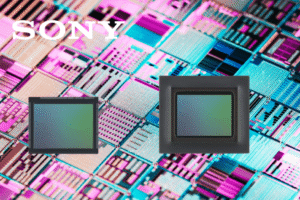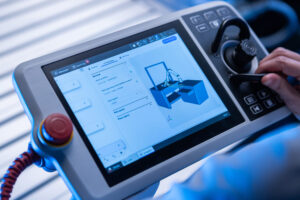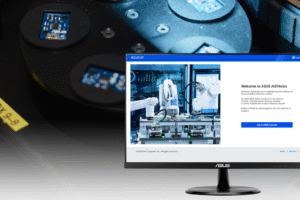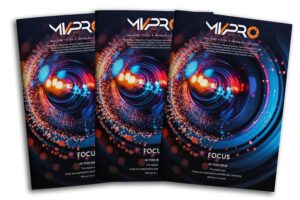President Donald Trump’s announcement of a sweeping 100% tariff on imported semiconductors has sent ripples through global supply chains, reigniting a trade policy approach that defined his previous term. While the broad impact on electronics and consumer goods is already under scrutiny, one sector facing a particularly acute challenge is machine vision a technology foundational to automation, robotics, quality control, and AI-driven manufacturing.
A Tariff Shock with Strategic Strings Attached
During an Oval Office briefing Wednesday, President Trump declared that all semiconductor imports would face a 100% tariff unless firms could demonstrate clear commitments to U.S.-based production. The administration positioned the move as a push to strengthen national security and regain control over critical high-tech industries.
“We will no longer rely on foreign adversaries to power America’s future,” Trump said. “If you want to sell chips here, you need to make them here.”
Apple, for instance, secured an exemption by pledging $100 billion in domestic investments, while companies like TSMC and Samsung may qualify through their existing U.S. fabs. But the policy’s rapid rollout and vague exemption criteria have left much of the industry scrambling.
Semiconductor Sector Reacts
The semiconductor industry, long globalized by design, is bracing for turbulence. Chipmakers rely on intricate international supply chains, often manufacturing different parts of a single chip across multiple continents. Analysts warn that the tariff will raise costs, strain production timelines, and slow innovation unless companies can quickly localize operations.
TSMC and Nvidia stocks surged after reassurances that their U.S.-based facilities would shield them from tariffs. But not all firms have the capital or infrastructure to pivot production quickly.
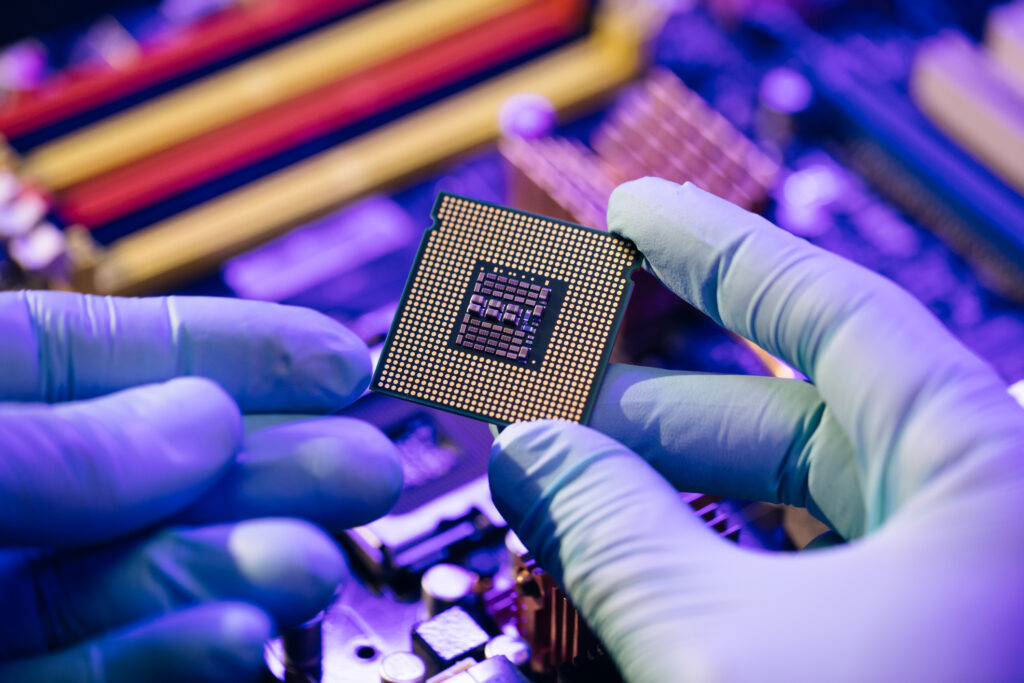
“This is an earthquake for fabless companies,” said Priya Desai, a semiconductor analyst with TechSphere. “Many simply don’t have the means to build fabrication plants on U.S. soil—and their entire pricing models are now in question.”
Machine Vision: A Hidden Casualty
Less visible to the public but deeply dependent on semiconductors is the machine vision industry, which powers automated inspection, robotic navigation, medical imaging, and factory quality assurance. From automotive lines to food packaging facilities, machine vision systems rely on imported image sensors, embedded processors, field-programmable gate arrays (FPGAs), and specialized optics; most of which incorporate chips manufactured abroad.
Mounting Costs and Tight Margins
Industry insiders estimate that the new tariffs could raise production costs for machine vision systems by 8–12%, with high-end inspection equipment potentially seeing even sharper increases. This would be especially burdensome for smaller machine vision vendors and system integrators operating on tight margins.
“Every smart camera or embedded vision system we build has multiple chips from Japan, Taiwan, Germany. This tariff isn’t just hitting semiconductors it’s hitting us at every layer of the stack,” said Lara Kim, CTO of an industrial automation firm based in Chicago.
Supply Chain Stress and Strategic Shifts
Faced with rising costs, companies are now:
- Pursuing vertical integration, building more components in-house.
- Sourcing from U.S. or tariff-exempt suppliers, where available.
- Redesigning hardware to rely less on foreign chipsets.
- Shifting to software-defined vision systems, which use more general-purpose chips and AI algorithms that may be sourced domestically.
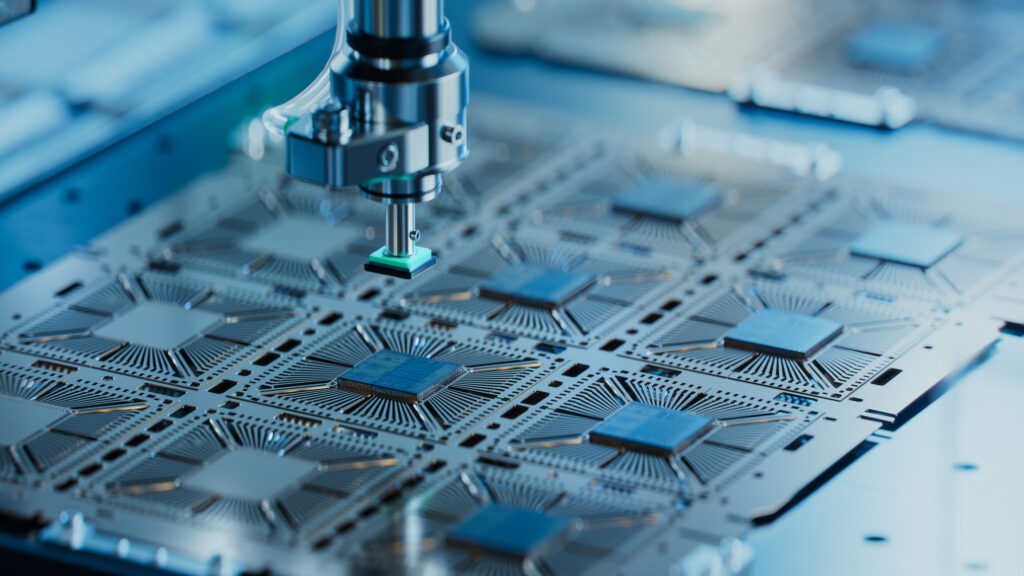
Leading players like Cognex, Keyence, and Basler are relatively insulated due to diversified supply chains, but smaller machine vision companies, especially those dependent on Asian optical and sensor modules, could struggle to stay competitive.
Winners, Losers, and the New AI Frontier
Not all the news is bad. AI-driven vision systems, powered by U.S. made GPUs from firms like Nvidia, could see increased adoption as companies move away from specialized, chip-heavy designs. Vision-as-a-service models and edge AI devices built with exempt or domestic silicon could gain ground as cost-effective alternatives.
Still, the industry risks a near-term slowdown in deployment as firms adjust. Capital expenditures in smart factories and inspection systems may be deferred, and contract manufacturers could delay upgrades to automation platforms if hardware costs spike.
“Tariffs like these force you to reimagine what’s essential,” said Danilo Marques, a systems integrator specializing in pharmaceutical vision inspection. “It’s survival of the most adaptable.”
Final Thoughts
Trump’s new tariff strategy is an aggressive attempt to force semiconductor production back to American soil. But for sectors like machine vision that rely on nuanced, globally sourced components, the path forward is anything but simple. The near-term could be marked by price hikes, project delays, and redesigns, while the long-term outcome hinges on how quickly domestic semiconductor capacity can meet the complex needs of next-generation automation.
For now, the machine vision industry sits at the crossroads of trade policy and technological transformation, caught in the current between political ambition and practical complexity.
